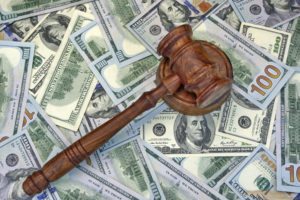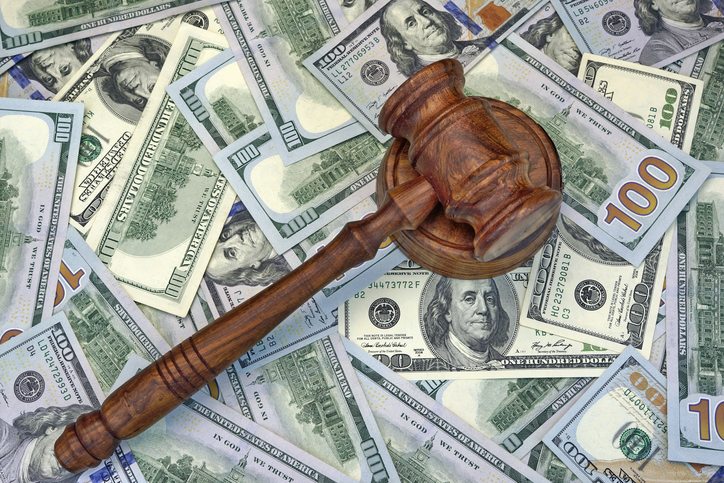 WHAT IS BANKRUPTCY?
WHAT IS BANKRUPTCY?
Let’s make one thing clear: Bankruptcy is not a social stigma that equals the shame of being part of a leper colony. You don’t place a sign on your back and walk around telling the world “I am broke.” We want to tell you the most important thing you need to know about bankruptcy.
Bankruptcy represents the legal process that declares you and/or your business can no longer fulfill debt obligations.
Bankruptcy requires you to meet with a judge to determine whether you can pay back debt at a favorable schedule or have all debts discharged and start with a clean financial slate. The first step of understanding bankruptcy is to learn about the two primary methods attorneys use to help extricate you from a financial mess.
Two Primary Bankruptcy Options
A vast majority of the clients that enlist our expertise need either Chapter 7 or Chapter 13 bankruptcy help. Chapter 11 typically applies to large corporations that need to restructure debt to remain financially solvent.
Chapter 7 Bankruptcy
Consumers that file Chapter 7 bankruptcies must sell all of their assets to pay some or all of the debt they owe. Most state laws and every federal law allow you to keep personal property that includes housing, as well as essential clothing and household furniture. The requirements for filing Chapter 7 bankruptcy are much stricter than the requirements for filing for Chapter 13 bankruptcy. You have to prove clearly that you have no sources of income to dispose of your outstanding debt.
Chapter 13 Bankruptcy
Chapter 13 bankruptcy is the best option for debtors that have a stable source of income that helps them pay back debt. Consumers that file Chapter 13 bankruptcies undergo court-ordered credit counseling, before they develop a thorough plan on how they plan to repay creditors over the course of between three and five years. Chapter 13 filers keep all of their property and they are immune from foreclosures and repossessions.
Benefits of Filing for Bankruptcy
Whether you file for a Chapter 7 or Chapter 13 bankruptcy, you receive several benefits from a court-issued “automatic stay.”
The Key Word is “Stop”
The word “stop” has a lot of negative meanings, but not when it comes to filing for bankruptcy. Chapter 7 and 13 bankruptcy filings stop your creditors from closing, shutting down, and turning off services. Utilities cannot legally deny you service and landlords have no legal recourse to evict you from your home. Foreclosure proceedings come to a halt, as well as the process of government agencies denying you the right to public benefits. Most important, after you file for bankruptcy, an automatic stay prevents most types of wage garnishments. The primary reason many debtors file for bankruptcy is to prevent creditors from taking a slice from their weekly income pie.
Bankruptcy Doesn’t Solve Everything
Although bankruptcy significantly eases your financial burden, you are still on the hook for paying some of your financial obligations. Uncle Sam might want a large chunk of the taxes you owe. However, an automatic bankruptcy stay prevents the IRS from issuing a tax lien against your bank accounts. Under bankruptcy law, you must pay child support and resolve criminal proceedings that involve financial compensation. The intent of bankruptcy law is to relieve your financial burden, without absolving you of fulfilling the most basic legal obligations. You have to repay your pension loan obligation, even if it means repaying the loan via wage garnishment.
If you file for bankruptcy in consecutive years, an automatic stay in year number two only lasts for 30 days. This is one of the many reasons that the decision to file for bankruptcy requires an in depth analysis of your finances.
